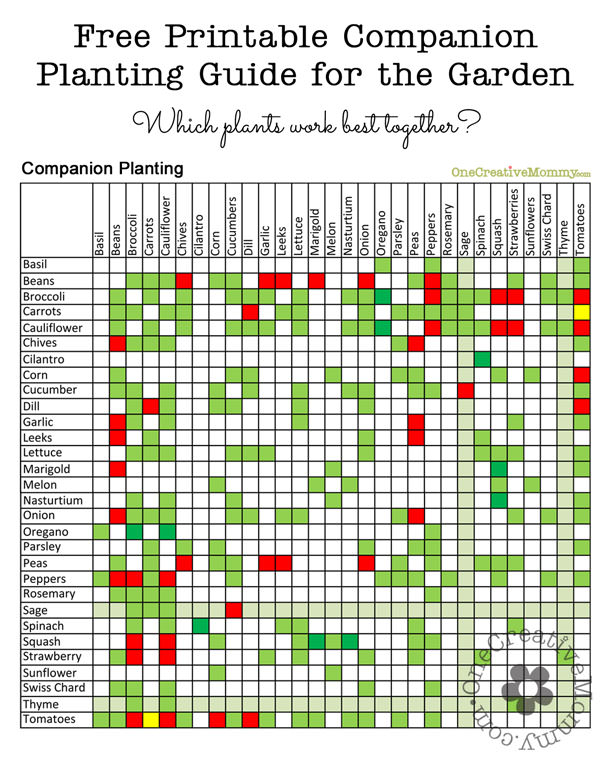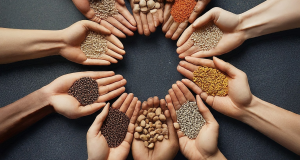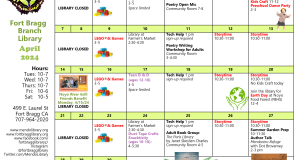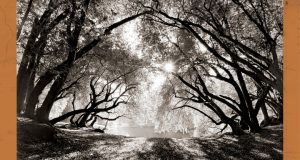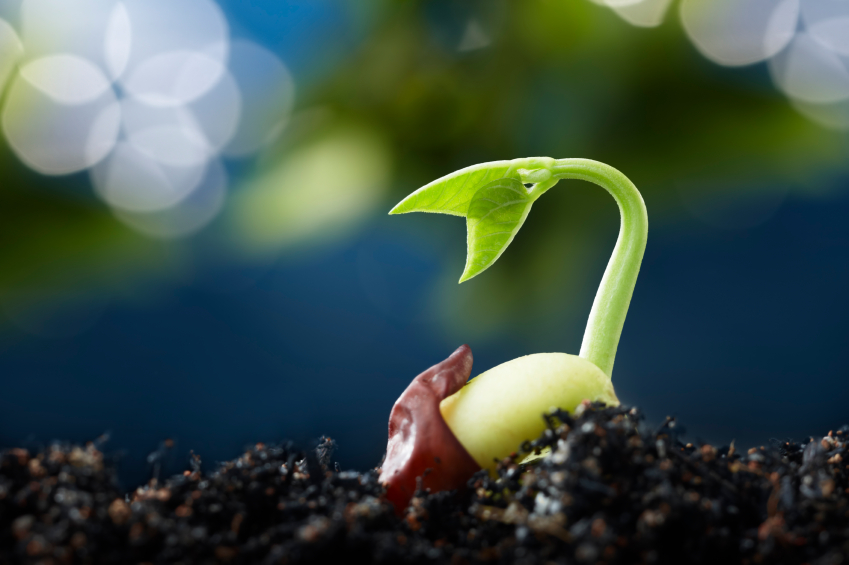 Fort Bragg Seed Library is now open to the public and we have lots of seed varieties to offer! The Seed Library is run by Fort Bragg Branch Library and is open for check-out anytime the library is open.
Fort Bragg Seed Library is now open to the public and we have lots of seed varieties to offer! The Seed Library is run by Fort Bragg Branch Library and is open for check-out anytime the library is open.
WHAT IS A SEED LIBRARY?
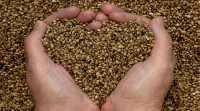
The seed library is a depository of seeds held in trust for the members of the Mendocino County Library. Members come to the library and borrow seed for their garden. They grow the plants in their home garden and at the end of the season, they let a few of the plants go to seed. From those plants, they collect seeds and return the same amount of seed (more or less) as they borrowed at the beginning of the growing season.
Seeds are free to members.
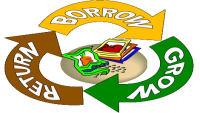 WHY SHOULD I SAVE SEEDS?
WHY SHOULD I SAVE SEEDS?
When you grow, save and share seed you are:
- Increasing the genetic diversity of seed stock
- Developing seed stock that is more resilient and better adapted to the local climate and soil
- Perpetuating the knowledge and culture of seed saving
- Providing seeds to others in our local community

Pat Sobrero~Round Valley Seed Library
HOW DO I FIND SEEDS IN THE SEED LIBRARY?
Seeds in the catalog are listed alphabetically first by their common name and then by the variety.
There are dividers for each type of plant containing information about the plant’s seed saving difficulty level.
- Green label indicates easy to save seeds
- Yellow label indicates moderate difficulty to save seeds
- Red label indicates more difficult to save seeds
 ARE YOU NEW TO SEED SAVING?
ARE YOU NEW TO SEED SAVING?
Start with seeds that are labeled as green, these are easy to learn the basic of seed saving. Beginning seed savers should start with green beans, dry beans, and peas.
Moderately difficult and advanced seeds require special planning to preserve the purity of the variety or may have a more difficult gathering process.
If you return seeds to the library without taking certain precautions, they will not produce plants that are true to the original type of seed.
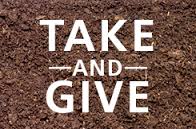 HOW DO I BORROW SEEDS?
HOW DO I BORROW SEEDS?
Fill out a membership form and give it to staff at the library desk. When you wish to check out seeds, staff will attach a seed record to your membership form. Each time you check-out seeds, information will be entered into your seed record. This will track what seeds you have taken and what seeds should be returned at the end of the growing season.
Make sure all information is filled out on the seed envelope of the seeds you want to borrow. Good record keeping is essential to the success of the program.
The Seed Library will work only if we know the identity and origin of the seeds we lend.
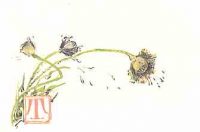 HOW TO RETURN SEEDS:
HOW TO RETURN SEEDS:
It is important that seeds coming back into the collection are grown and saved properly. Plant and harvest, let some of the plants go to seed. Save seed for yourself and the Library. Write down all the information for the seed you want to donate before you bring them into the Library. This information will be added to your Member’s seed record. Place your seed envelopes in the incoming seed basket.
Listen to KZYX’s The Farm and Garden Show Podcast discussion with Mendocino County Library Seed Librarians (2/13/2017)
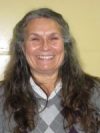 Read the Mendocino Beacon article featuring Fort Bragg Seed Library manager, Carole Poma.
Read the Mendocino Beacon article featuring Fort Bragg Seed Library manager, Carole Poma.
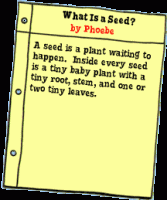 READING LIST:
READING LIST:
The Seed Underground: A Growing Revolution to Save Food – Janisse Ray
The Organic Seed Grower: A Farmers Guide to Vegetable Seed Production – John Navazio
Organic Seed Production and Saving: The Wisdom of Plant Heritage – Brian Connolly
Seed to Seed: Seed Saving and Growing Techniques for Vegetable Gardeners – Suzanne Ashworth
For More Information about seed saving and seed libraries:
http://seedsavers.org http://howtosaveseeds.com http://seedalliance.org
http://www.ipm.ucdavis.edu http://ucanr.edu/sites/gardensweb http://gardensproject.org
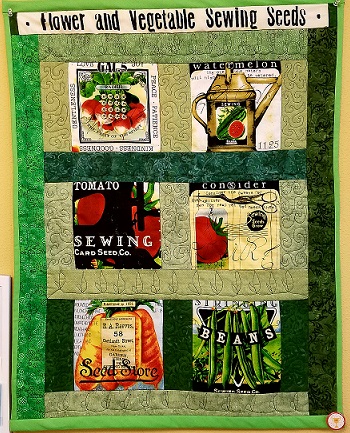
Flower and Vegetable Sewing Seeds Quilt~designed and quilted by Carole Poma
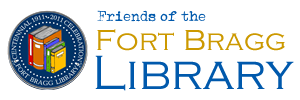 Fort Bragg Library Mendocino County, California
Fort Bragg Library Mendocino County, California
